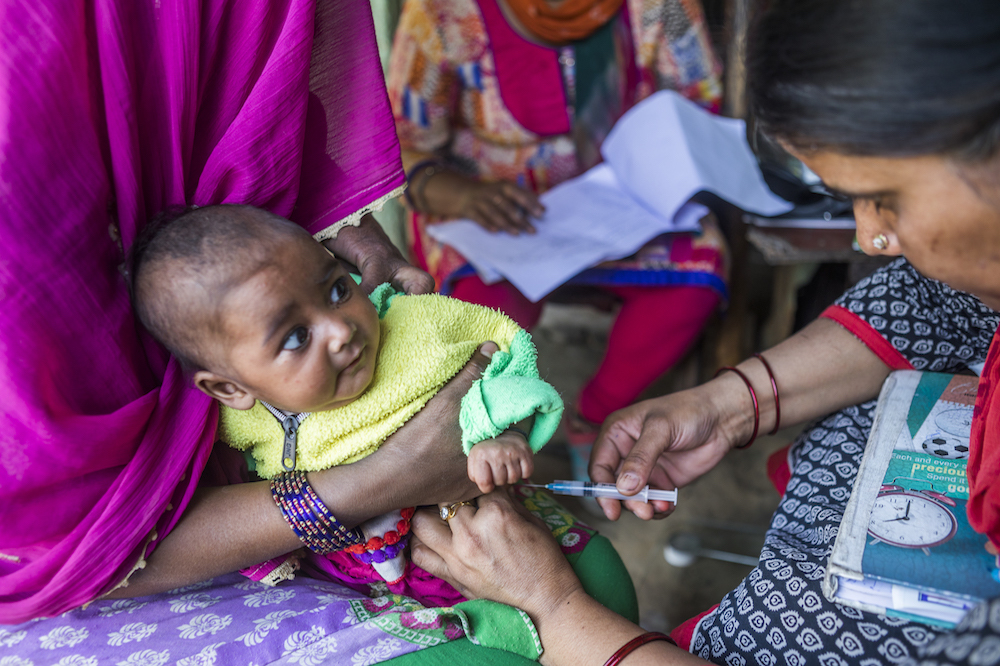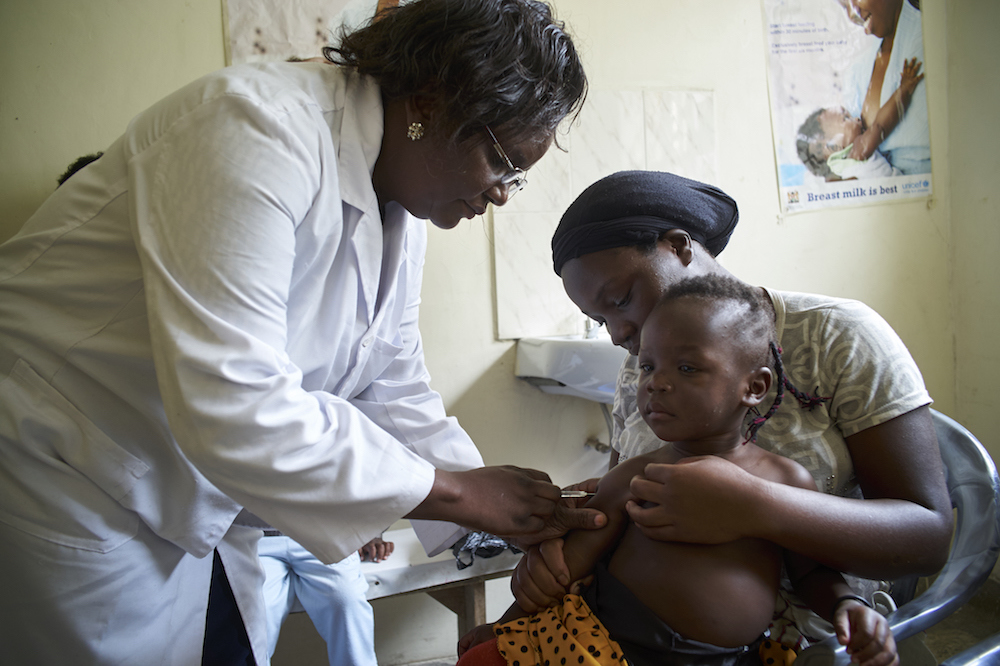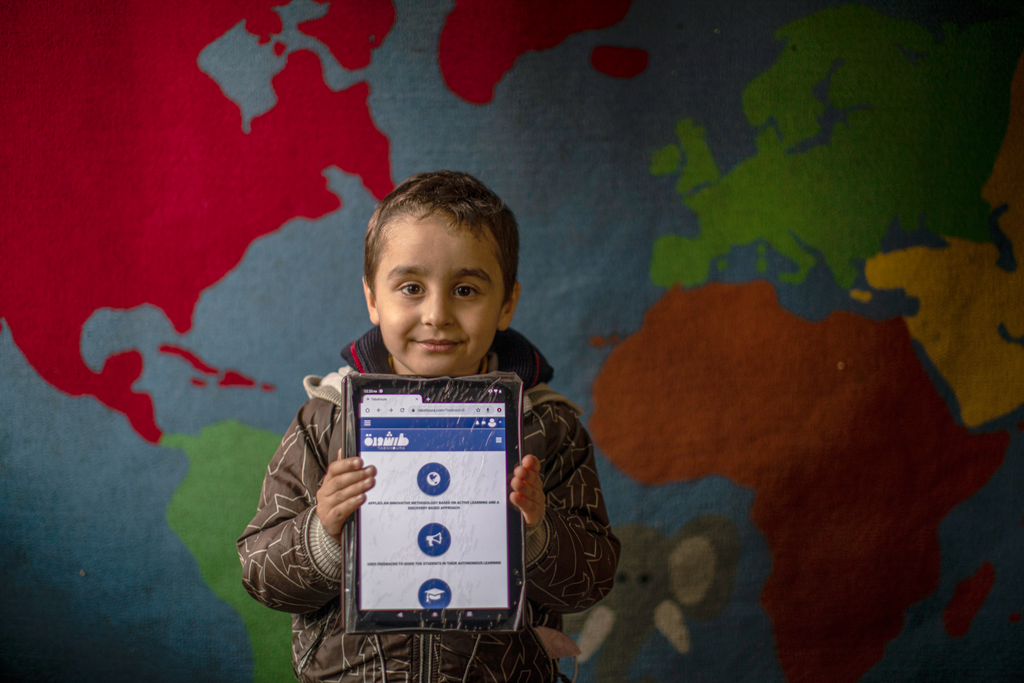Vaccines help millions of children to grow healthy and fulfil their potential

Days in the childhood development calendar, Early childhood development, Health and education convergence, Learning through play (Early years), Safe pregnancy and birth
#VaccinesWork is the theme of World Immunisation Week 2017 - but 19 million children each year still don't get basic vaccines, two-thirds of them in conflict-hit countries.
Millions of children are alive today because of them. Millions more do not have illnesses and disabilities.
Vaccines in early childhood can give protection against many diseases – particularly in some of the poorest communities around the world.
They can help to ensure children have a better chance of growing normally, of going to school and of fulfilling their potential.
World Immunisation Week 2017 has been running all week and will continue until May 30. The theme this year is #VaccinesWork.
Theirworld’s #5for5 campaign calls for world leaders to invest more in early childhood development. The first five years of a child’s life are vital – that’s when 90% of brain development happens.
So good health – including nutrition and protection from diseases and illnesses – are so important for young children.
Developmental differences between those children who have what they need for healthy brains and bodies and those who do not can show up as early as nine months old. The impacts of inadequate care, nutrition and cognitive stimulation during these early months and years can last a lifetime.
To mark this week of global awareness, here’s a quick rundown of some of the facts and figures around vaccines and children.
116 million children, or 86% worldwide, get basic vaccines every year.
But 19 million don’t and 60% of them live in only 10 countries – India, Nigeria, Pakistan, Indonesia, Philippines, DRC, Iraq, Ethiopia, Ukraine and Angola.
Vaccines protect against 26 diseases – including diphtheria, hepatitis B, measles, mumps, pertussis (whooping cough), pneumonia, polio, rotavirus diarrhoea, rubella and tetanus.

A child is administered a vaccine by a health worker at the MCH Clinic in Mukuru Health Centre, Nairobi, Kenya (UNICEF / Noorani)
When people are not vaccinated, infectious diseases that have become uncommon – including measles, diptheria, mumps and polio – can quickly reappear.
85% of the world’s children got a measles vaccination by their first birthday through routine health services in 2015 – up from 73% in 2003.
Newborn babies are immune to many diseases because they have antibodies they got from their mothers. However, this immunity goes away during the first year of life.
Every year 116 million infants get three doses of diptheria-tetanus-pertussis vaccines – protecting them against infectious diseases that can cause serious illness and disability.
Around two-thirds of all unvaccinated children live in conflict-affected countries.
In 2016, UNICEF reached 45% of the world’s children with lifesaving vaccinations and provided 85 million children with measles vaccinations.
UNICEF gave 2.5 billion doses of vaccines to children in nearly 100 countries in 2016, reaching almost half of the world’s children under the age of five.
Nigeria, Pakistan and Afghanistan, the three remaining polio-endemic countries, each received more doses of vaccines than any other.
Under the Global Vaccine Action Plan, countries are aiming to achieve vaccination coverage of at least 90% nationally and at least 80% in every district by 2020.
In 2015, international donors pledged to give $7.5 billion to help fund vaccines that will stop the premature deaths of up to six million children in some of the world’s poorest countries.
The first vaccine was discovered in the 18th century by the English scientist Edward Jenner – for smallpox. The disease killed up to 500 million people in the 20th century but was declared to have been eradicated globally in 1980.
Sources: World Health Organisation, UNICEF, GAVI, BBC, Centers for Disease Control
More news

MyBestStart programme gives young girls the education they deserve
